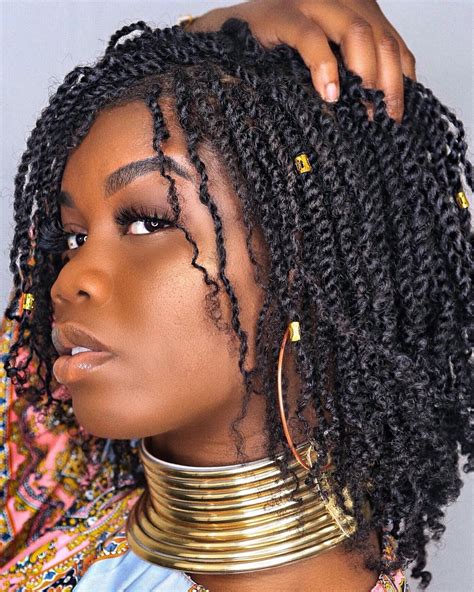Weaving is a fantastic way to give your hair more volume, length, and style. It’s a popular hair extension method that’s perfect for those with thin or fine hair. Here are 5 things you need to know about hair weaving.

1. What is Hair Weaving?
Hair weaving is a method of attaching hair extensions to your natural hair using a braiding technique. The extensions are usually made of synthetic or human hair and are sewn onto the natural hair in rows.
2. Types of Hair Weaving
There are several different types of hair weaving, including:
- Micro-weaving: Uses tiny, thin extensions that are individually attached to the natural hair.
- Fusion weaving: Uses heat to bond the hair extensions to the natural hair.
- Tape-in weaving: Uses adhesive tape to attach the hair extensions to the natural hair.
3. Benefits of Hair Weaving
Hair weaving offers several benefits, including:
- Increased volume: Can instantly give your hair more volume and fullness.
- Added length: Can provide up to 24 inches of additional length.
- Variety of styles: Can be styled in a variety of ways to achieve different looks.
- Protective: Can protect your natural hair from damage caused by styling or environmental factors.
4. Cost of Hair Weaving
The cost of hair weaving varies depending on the type of hair used, the length of the extensions, and the experience of the stylist. The average cost for a full head of micro-weaving is $1,500-$3,000.
5. Hair Weaving Maintenance
Hair weaving requires regular maintenance to keep it looking its best. This includes:
- Shampooing and conditioning: Wash your hair 2-3 times per week with a gentle shampoo and conditioner.
- Brushing: Brush your hair daily to remove any tangles or knots.
- Trimming: Get your hair trimmed every 6-8 weeks to remove any split ends.
How to Choose the Right Hair Weave for Thin Hair?
When choosing a hair weave for thin hair, it’s important to consider the following factors:
- Hair texture: Choose a hair weave that matches your natural hair texture as closely as possible.
- Hair length: Choose a hair weave that is the desired length.
- Hair color: Choose a hair weave that is the desired color.
- Budget: Choose a hair weave that fits within your budget.
Effective Strategies for Hair Weaving on Thin Hair
- Use a wig cap or net: This will help to protect your natural hair from damage and create a smooth base for the weave.
- Start with small sections: Don’t try to weave too much hair at once. Start with small sections and gradually add more hair as you go.
- Use a tight weave: The tighter the weave, the more secure it will be.
- Be careful when brushing: Brushing too hard can damage the weave. Use a soft brush and be gentle when brushing.
- Sleep with a satin pillowcase: This will help to prevent friction and tangles in your hair.
Common Mistakes to Avoid When Hair Weaving on Thin Hair
- Using too much hair: Using too much hair can weigh down the weave and cause it to slip out.
- Weaving too tightly: Weaving too tightly can damage your natural hair.
- Brushing too hard: Brushing too hard can damage the weave.
- Sleeping with a cotton pillowcase: Cotton pillowcases can cause friction and tangles in the hair.
Pros and Cons of Hair Weaving
Pros:
- Can instantly give your hair more volume and fullness.
- Can add up to 24 inches of additional length.
- Can be styled in a variety of ways to achieve different looks.
- Can protect your natural hair from damage caused by styling or environmental factors.
Cons:
- Can be expensive.
- Requires regular maintenance.
- Can be damaging to your natural hair if not done properly.
Conclusion
Hair weaving is a great way to give your thin hair more volume, length, and style. However, it’s important to choose the right hair weave and to have it installed by a professional to avoid any damage to your natural hair.
